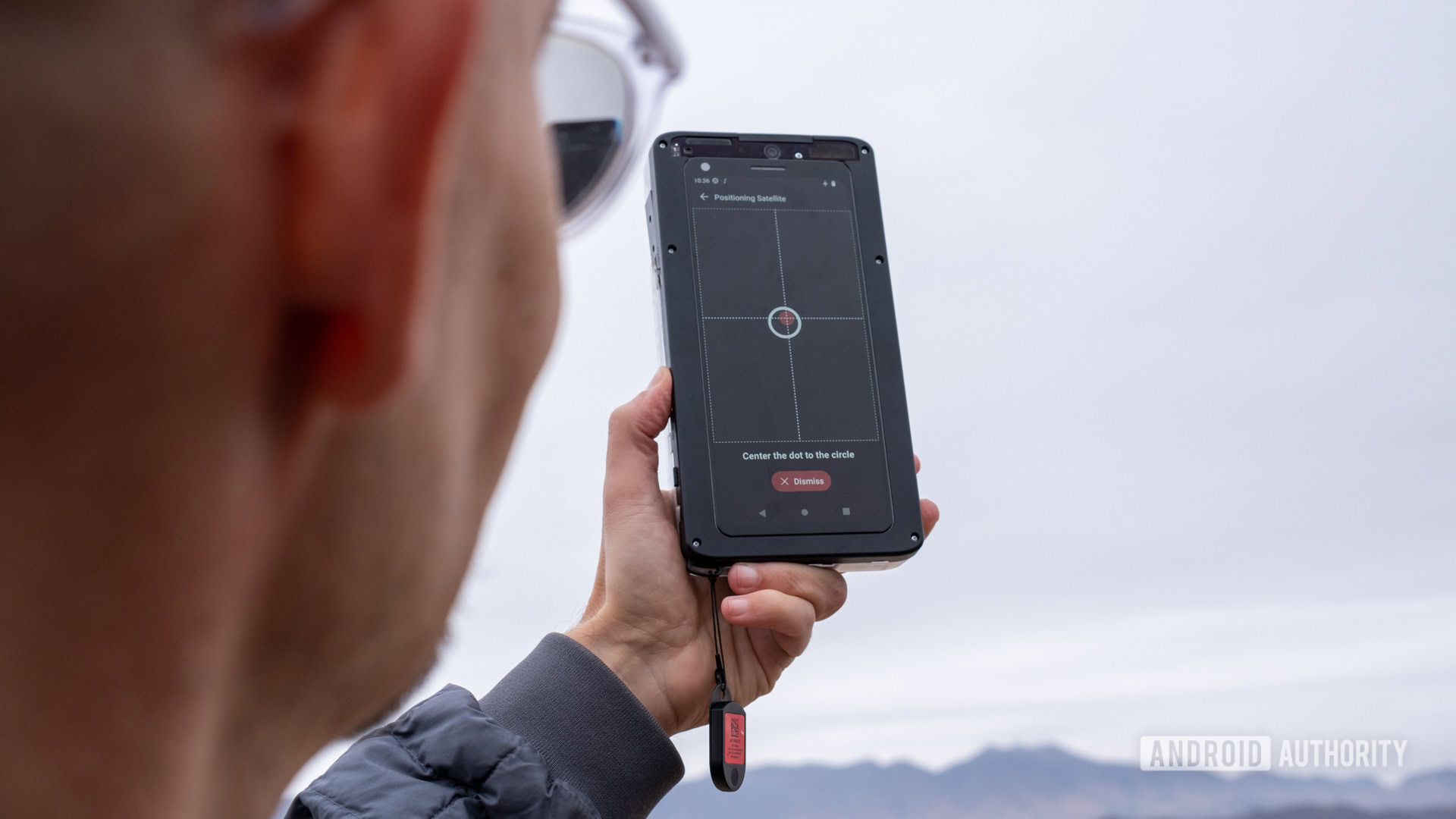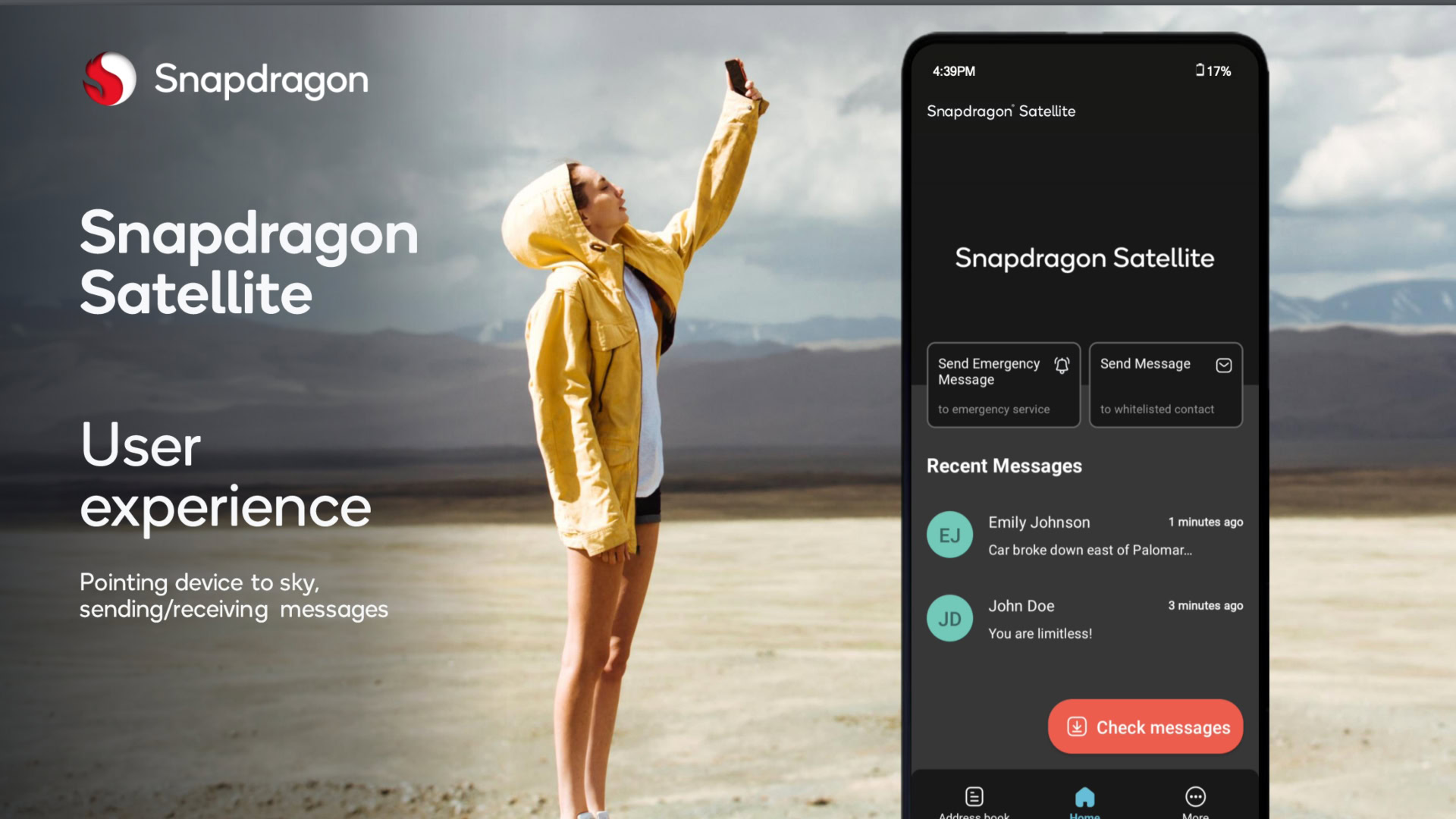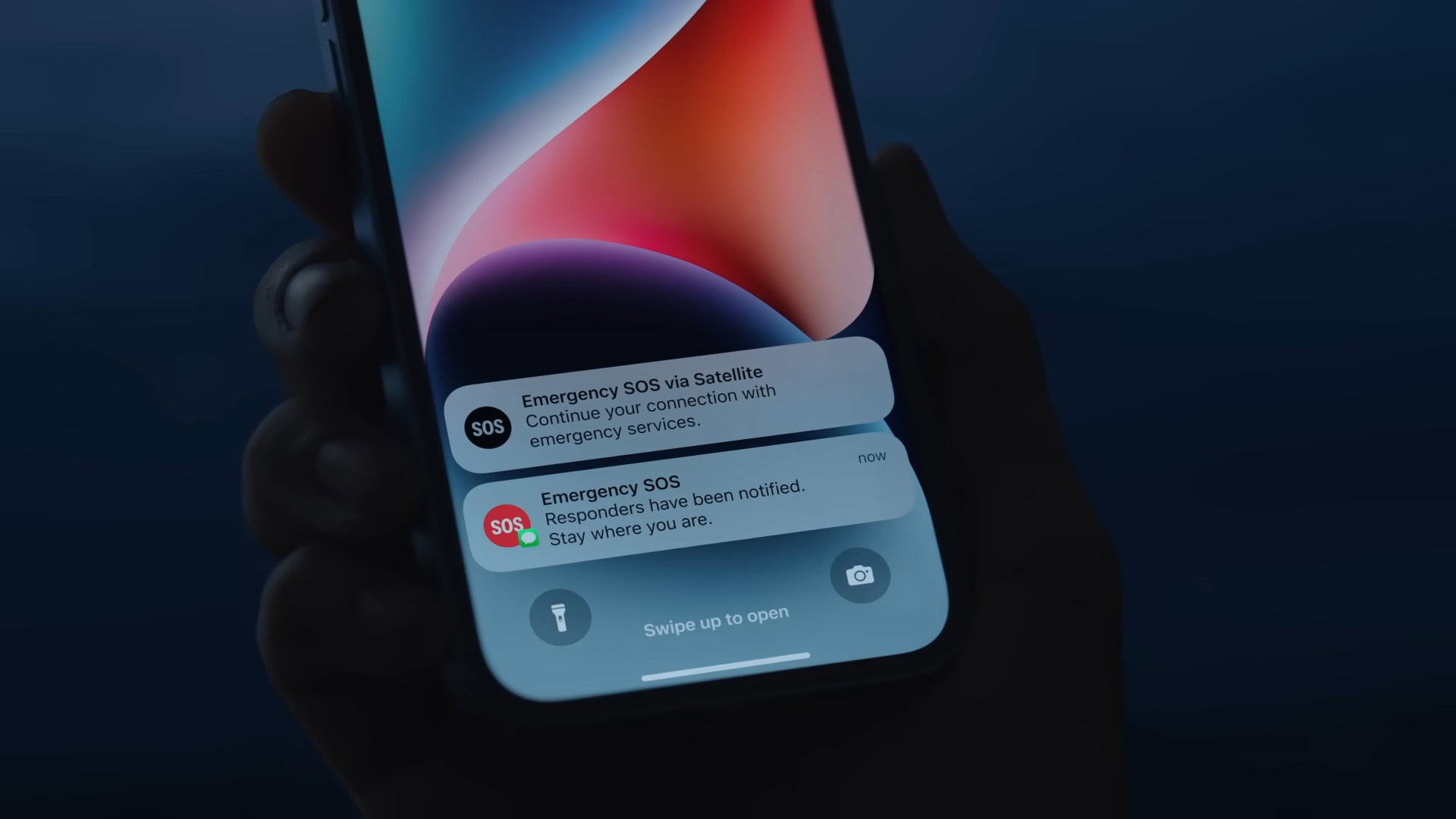Affiliate links on Android Authority may earn us a commission. Learn more.
What is Snapdragon Satellite? Everything you need to know

Ground-to-satellite communication from the palm of your hand is no longer a thing of spy novels and sci-fi television. The latest iPhone can already connect to satellites in times of emergency and now, chipset maker Qualcomm is bringing the technology to Android phones too. We first heard about Snapdragon Satellite in early 2023 and the first phones sporting it could be right around the corner.
Here’s everything you need to know about Snapdragon Satellite, how it works, and what kind of impact it might have on your smartphone usage.
What is Snapdragon Satellite?

As the name suggests, Snapdragon Satellite is Qualcomm’s entry into the ground-to-satellite connectivity arena. The vast majority of Android smartphones already run Qualcomm’s Snapdragon family of SoCs, meaning the feature will have a broader reach than Apple’s satellite connectivity in the latest iPhone. In fact, it could come to come to all 5G-equipped Qualcomm chipsets going forward. That’s a bold claim, but we’ll have to wait and see if that ends up true.
Just like the other smartphone satellite connectivity options we’ve seen so far, Snapdragon Satellite isn’t meant to replace your cell phone plan. Instead, it’s only for those times when you lose both cellular and Wi-Fi coverage. Perhaps when you’re lost in the wilderness or relaxing on a cruise ship in the middle of the ocean.
Snapdragon Satellite won't replace your cell plan, especially since it doesn't support voice or data.
It goes without saying that satellite connectivity is expensive and slow, so you can’t use it for everything. According to Qualcomm, Snapdragon Satellite will first support emergency texts, with regular messages to follow after.
When you need to connect with emergency services, the feature will first connect to the Garmin Response system. It will then forward your GPS coordinates to local first responders.
At a later time, Snapdragon Satellite will also allow you to send and receive normal text messages (no voice call or mobile data support, though). But there’s a catch — namely, a 140-byte limit per message. While that may sound rather limiting, it’s slightly better than Apple’s solution, which only works for Emergency SOS at the moment.
How does Snapdragon Satellite work?

Qualcomm says that its flagship Snapdragon 8 Gen 2 SoC is already compatible with satellite connectivity. However, the feature isn’t ready or available to the public just yet.
As for how the technology works from a technical perspective, Qualcomm’s latest Snapdragon X70 5G modem brings support for new ultra-high frequency bands. These allow the phone to communicate directly with low-orbit satellites in the sky. As these satellites are positioned higher than your typical ground cell tower, they can offer coverage across a much wider area.
Like Garmin, Qualcomm is using the Iridium constellation for Snapdragon Satellite.
Qualcomm has partnered with Iridium Communications, a Virginia-based company that operates a constellation of 66 satellites. If the name Iridium sounds familiar, it’s because Garmin also uses the company’s satellites for its inReach communicators. Regardless, it’s similar to Apple’s partnership with Globalstar, which has a rival constellation of 48 satellites. However, Qualcomm and Iridium boast an advantage — you’ll be able to use Snapdragon Satellite in more parts of the world.
Unlike the iPhone’s satellite connectivity which will not work above a certain latitude, Qualcomm is boasting pole-to-pole coverage. If you live in Northern Canada or Alaska, this can make Snapdragon Satellite more viable. However, the service will only be offered in North America and Europe, at least initially.
From the demo we saw at CES 2023, we know that you’ll be able to use your existing phone number for texting even while connected to a satellite. So it’s likely that Qualcomm has collaborated with carriers too.
Which Android phones support Snapdragon Satellite?

You might be wondering if manufacturers can simply roll out a software upgrade to enable Snapdragon Satellite on existing Snapdragon 8 Gen 2 phones. But sadly, that doesn’t seem likely. In addition to the right chipset and modem, smartphones will also need to include special antenna hardware. Put simply, don’t expect 2023 flagship smartphones to support it. The Galaxy S23 Ultra, for example, doesn’t support the necessary bands.
Most existing Snapdragon 8 Gen 2 phones won't get satellite connectivity.
Still, Qualcomm will likely push to bring Snapdragon Satellite to market soon as it’s already competing in a crowded segment. Besides Apple’s own initiative, American carrier T-Mobile has also partnered with SpaceX to bring satellite coverage to its mid-band network in the near future. That promises to bring satellite connectivity to all existing 5G smartphones, not just those with specialized modems and hardware.
Once Snapdragon Satellite goes live, you’ll likely have to use a special menu or interface to help you point your smartphone in line with overhead satellites. The above image shows what it looks like when you use Apple’s satellite connectivity on the iPhone 14. Establishing a link can take a few seconds, especially if you have obstructions between you and the sky. According to Qualcomm, even leaves or tree cover can cause delays of around ten seconds per message.
FAQs
Pricing for text messaging via Snapdragon Satellite will depend on individual phone manufacturers. However, Qualcomm said that using the feature to contact emergency services will be available at no cost or for a low fee.
We can only speculate how much Snapdragon Satellite’s premium messaging will cost. For some context, though, Garmin’s inReach plan costs $15 monthly for unlimited SOS and 10 text messages.
Snapdragon Satellite boasts pole to pole coverage, which means it can cover almost the entire world. Unlike Apple, it may also cover the northern parts of Canada and Alaska. However, it all depends on whether Qualcomm can secure regulatory approval in various countries to launch the feature.
At this point, we have no confirmation on devices launching with support for Snapdragon Satellite.